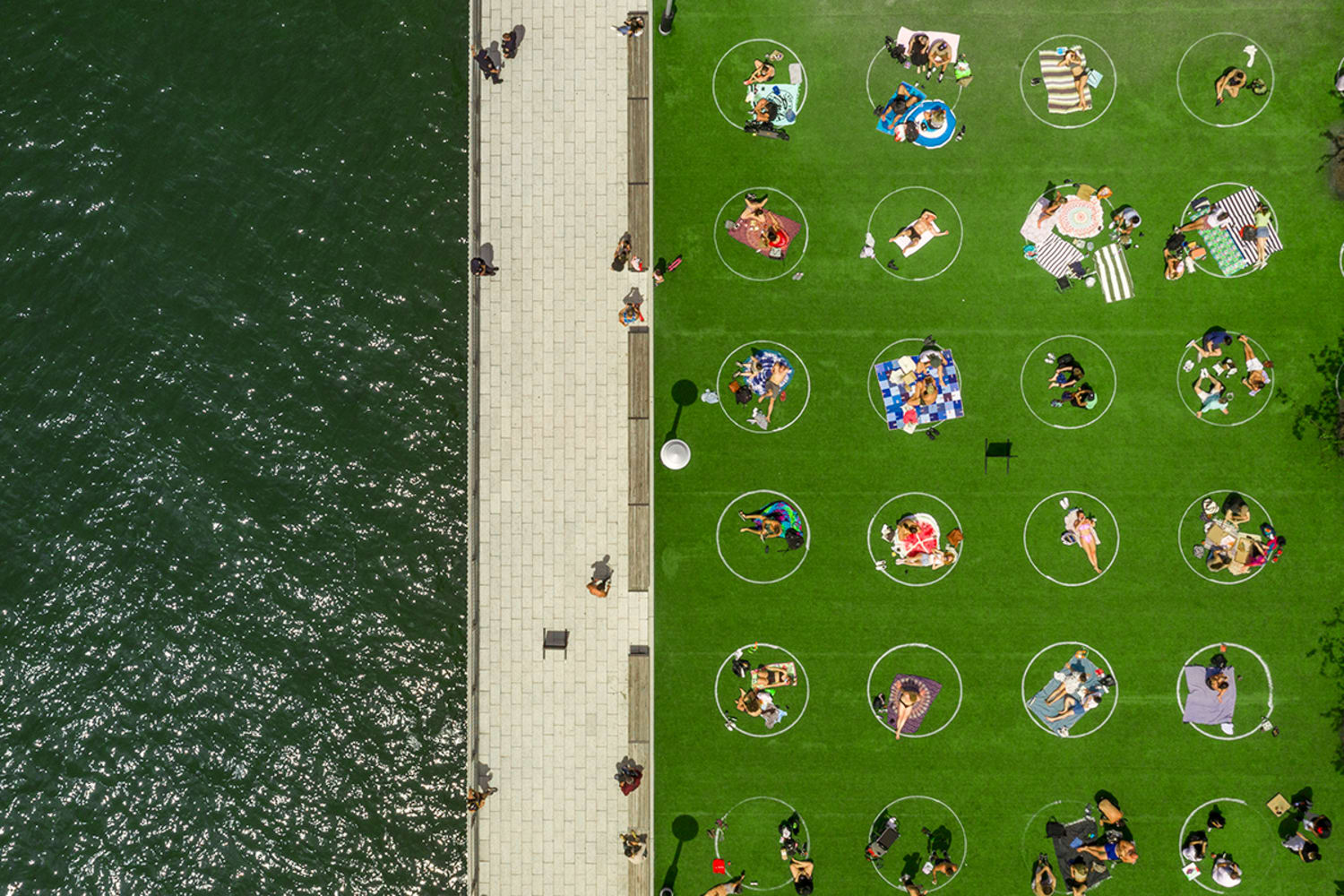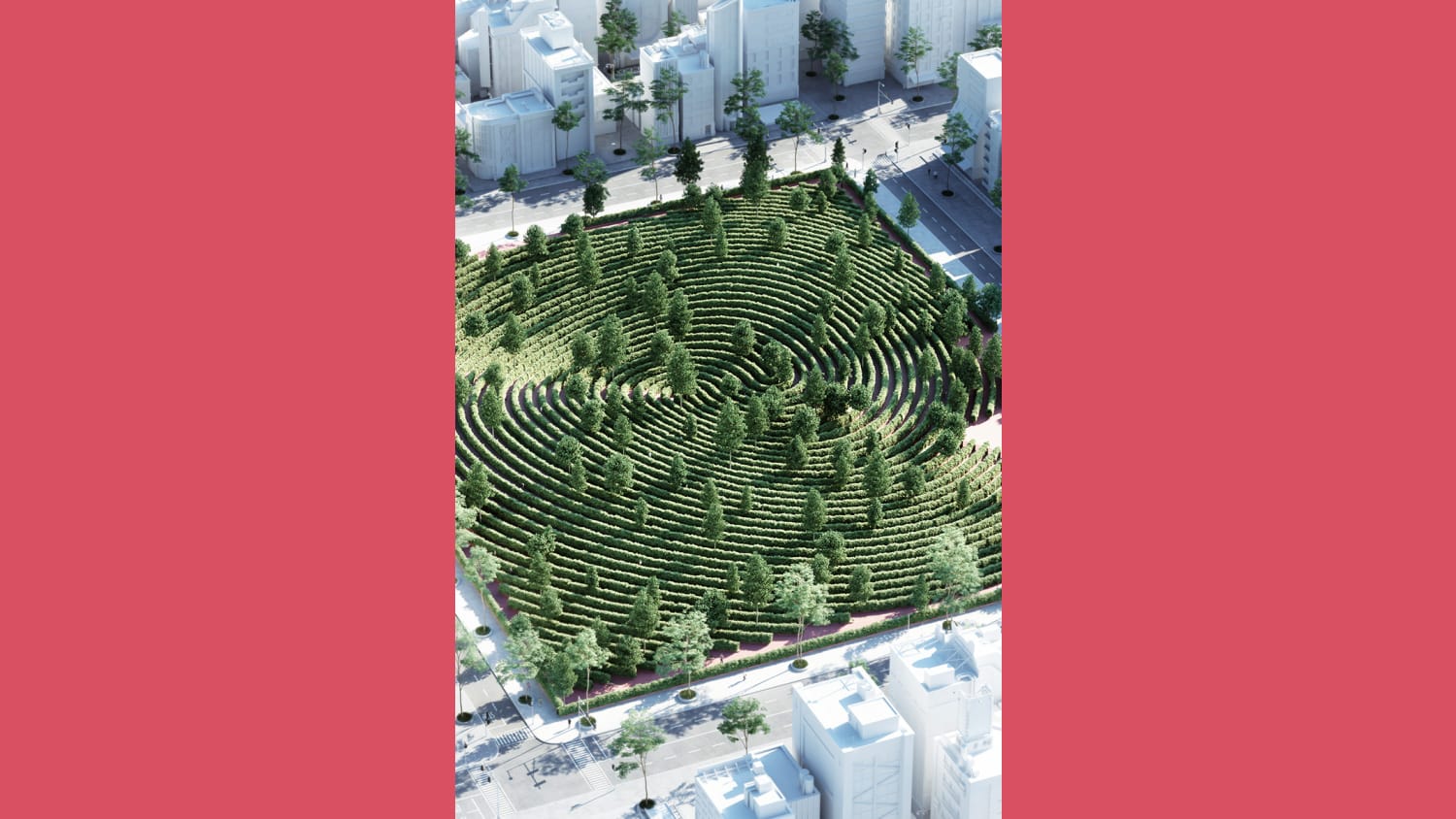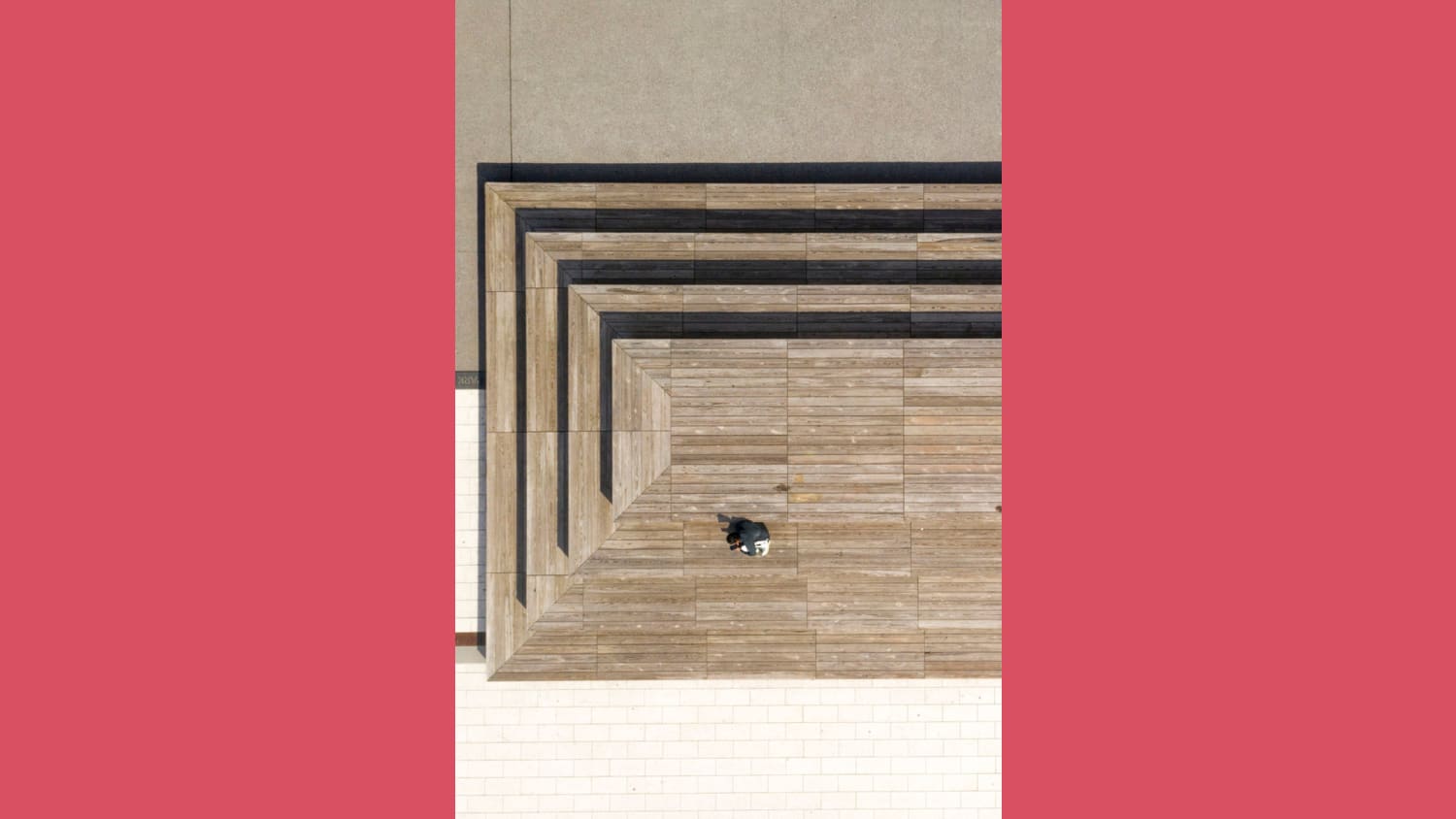Over four billion people currently live in urban environments around the world—and this is projected to increase to two-thirds of the global population by 2050, according to the UN World Urbanization Prospects. But with more waves of COVID-19 and other possible epidemics predicted, cities are starting to rethink their infrastructures to protect the health of their residents, enlisting designers and urban planners in restructuring urban environments to support sanitary lifestyles.
Designers and urban planners are rethinking city living.



As lockdowns ease and public spaces like parks, city centers and plazas gradually begin to reopen, designers are developing creative visual indicators for proper social distancing. Caret Studio, an Italian design firm, has installed a series of painted squares within a town center in Vicchio, Italy to indicate the correct amount of space people should maintain from each other while in public.



Brooklyn’s Domino Park has painted white circles on the grass to help visitors keep physically apart, while in Grove Park in Birmingham, England, park maintenance have only cut the grass every two meters (six and a half feet), creating wide channels to show suitable distancing.



Anticipating future green spaces, Austrian design studio Precht has created a labyrinthine park concept based on social distancing rules. Called Parc de la Distance, the concept features high hedges and a series of gates which guide visitors through the space and keep them separated.
Other cities are repurposing public space. Lithuania has effectively turned its capitol, Vilnius, into an open-air café. The city has given much of its public space over to hard-hit bars and restaurants, allowing them to serve patrons without fears of overcrowding.


Rotterdam-based Shift Architecture Urbanism’s new Hyperlocal Micro Markets concept aims to reopen local food markets without customers having to come into contact with each other. The system is based on a series of three-stall markets in a grid structure which can be set up in any public space. According to the designers, spreading these mini-markets throughout a city will allow for better crowd control.
And with mass public transportation systems being shut down or severely reduced the world over, major urban hubs are reallocating space for pedestrians and cyclists. At the beginning of the outbreak, Bogota opened up 76km (47 miles) of extra bike lanes to reduce the city’s dependence on public transportation. The Colombian capital is now considering making these permanent to ease congestion when the workforce returns.


In London, mayor Sadiq Khan has announced one of the biggest car-free zones in the world to be put in place as the city slowly reopens. Milan and Paris have taken advantage of the lockdown to improve the infrastructure of their streets to allow more cyclists and lower speed limits, accelerating plans they had pre-pandemic. These temporary “corona cycleways” are being converted to permanent cycle-only paths, as governments aim to keep the clean-air gains achieved in the past few months and prevent overcrowding on trains and buses.


As cities open back up, they are consciously permitting access to public areas while also keeping their citizens safe. Designers are rethinking how public space is used, marrying practical functionality with protective health measures—and innovating urban lifestyles in the process.
Please provide your contact information to continue.
Related Content

VML Prague and KitKat offers a digital break with its new "Phone Break" campaign

